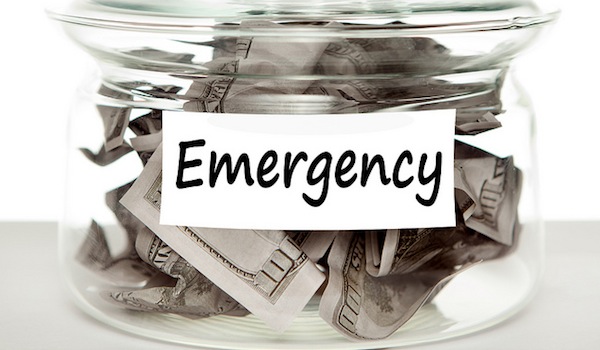Backup Plan? What Backup Plan?

Our household relies a lot on family and friends when it comes to help with our children. From making sure they are where they need to be, to checking that they are in the right clothes for whatever themed “day” there is at school, there is a lot that goes into keeping things running smoothly. Since both my wife and I have full-time jobs, we particularly rely on my mother-in-law as our nanny. And, she is certainly much more than that. She is one of those people who can’t sit still, and has to be stopped from doing our laundry from time to time! With her help, we have a pretty good system in place that seems to work for everyone.
That is, until “Gammy” is taken out of commission with a torn meniscus (that’s in your knee). Suddenly, the person that gets our youngest to pre-school, makes sure the older two get on the bus, and greets them when they get off the bus was GONE! We really did not have an adequate back-up plan in place, and the scrambling began.
First, I am happy to report that an outpatient surgery has Gammy back to about 75%, and everything went pretty well on that front. But, it was a needed reminder that we had to have some contingencies in place for issues like this in the future. My wife and I were fortunate enough to be able to take turns being out of work, but that is not something that will suffice for a longer term need (as my partner Sarah will surely tell you!).
Similarly, a well-formed financial plan should have contingencies in place for unexpected emergencies. Sometimes, these types of contingencies can be difficult to quantify, but a good plan will include some safety nets. Using credit cards or assets that are earmarked for retirement can spell disaster. We often see people make early withdrawals from their 401(k) (or other retirement plan) to pay for an emergency expense. While I certainly understand the ‘if you need it, you need it’ argument, let’s consider the real cost of using retirement assets too soon…
We will assume that a person under the age of 59.5 (the age at which you can withdraw from retirement accounts without penalty) needs $5,000 to pay an unexpected expense. With no emergency fund, he takes a withdrawal from his 401(k). So, $5,000 minus $500 for the 10% IRS early withdrawal penalty. Then, we will assume that he pays about 20% tax on income, so that’s another $1000. That $5000 quickly becomes $3,500. And, we have yet to consider the toll taken on his long-term retirement goals.
If you assume an approximate rate of return of 6% with 15 years left until retirement, that $5,000 would have become about $12,000 had he not taken that withdrawal. As you can see, there are a lot of downsides to going this route. Most planners recommend having about 6 months of living expenses available in an emergency fund. This is a fund that should be accumulated BEFORE all other options are considered (retirement contributions, college savings, etc.). Typically, the money should be in a checking or savings account that is easily accessible. For those with an investment account, a very conservative, highly-rated bond fund might also be an option.
Whatever your situation, the emergency fund should be a priority to have in place before other account types. That will help you be ready when your “Gammy” goes down!